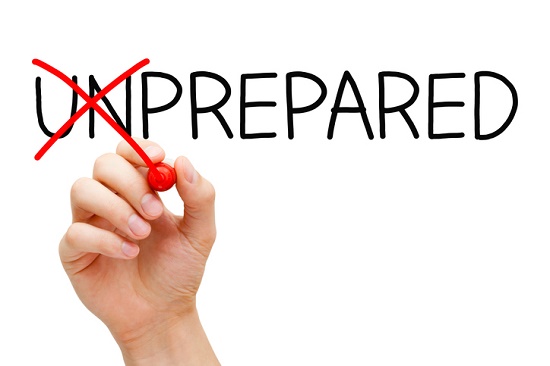
Prêt-à-Porter is a French word meaning “ready to wear”—an adjective that absolutely does not apply to hearing aids! If you suspect you need hearing aids, schedule a hearing test with your hearing care professional and follow this step-by-step process for getting the right hearing aids for your needs:
Here’s how to plan for every step of the process.
Before going to your hearing test
At your hearing test, your hearing care professional will conduct a thorough examination of your ability to hear. After reviewing your test results, he or she will help you decide if hearing aids are right for you. In the days leading up to your appointment, compile a list of essential questions to review with your hearing care professional, including, but not limited to:
- Do I have any level of hearing loss; mild, moderate, severe, or profound?
- Are hearing aids a good option for me?
- Would I need them for both of my ears or just one?
- Which hearing aid is best for my needs? How can I balance features I need with a price I can manage?
- How can I finance my hearing aids? (Private insurance, credit arrangements, state programs, etc.)
At your hearing test appointment
If the results of your hearing test come back normal, hearing aids may not be required, and you’ll have a baseline test to compare future hearing tests.
If the results indicate that you have some level of hearing loss, and that you can benefit from hearing aids, your hearing care professional will review your options with you.
During the process of selecting hearing aids for the first time, you’ll need to consider several variables and options. Make sure your hearing care professional covers these areas with you:
- Programmability – today’s hearing aids are digital and programmable, meaning they can be programmed to remedy your individual hearing loss diagnosis. This is absolutely essential; if anyone tries to push you a hearing instrument right off of the shelf without any adjustments to your needs, it’s not going to work for you most likely.
- Style – there are so many new styles and fits with newer hearing aids. You have models that sit behind the ear to models that fit entirely within the ear canal. Consider the balance of aesthetics, price, ease-of-use and functionality when while making your decision.
- Wireless connectivity – several hearing aid models can hook up wirelessly to compatible smartphones. That way, you can discreetly adjust volume and settings, send phone calls directly to your hearing aids, and even stream music all without any wires or the need for a separate hearing aid remote control.
- Advanced features – there are many newer hearing aid models with cool technological features like environmental settings, directional microphones for enhanced speech, background noise reduction, and even telecoils for un-muffled phone calls. You’ll need to consider if you want to forgo some of these features in favor of a more cost-effective model.
Although it may seem overwhelming at first, your hearing care professional can help guide you through the entire decision-making process. But if someone tries to rush or steer you to a decision without addressing your questions, that’s a sign you should find another hearing care professional.
At home with new hearing aids
Once you’ve selected your hearing aids and had them programmed by your hearing care professional, you’re ready to bring them home. But you should keep two things in mind.
First, don’t expect to fall in love with your hearing aids immediately. You’ll likely be hearing sounds you haven’t heard in a while, and the overall sound will just seem “off.” This is perfectly normal and, after a few weeks, will subside.
We recommend starting small at home. Try watching a movie and paying particular attention to the dialogue, engage in one-on-one conversations in a quiet room, and try listening to music and picking out or following certain instruments.
Yes, your hearing aids may not be totally comfortable to wear initially, but you should try to wear your hearing aids as much of the day as possible, putting them in when you wake up and taking them out before bed. This will speed up the adjustment process, and after a few weeks, you’ll be glad you put in the effort.
Don’t forget that if you’re not adjusting to your hearing aids after a few days, your hearing aids can be adjusted. If you have trouble hearing or adapting to the new sounds, schedule a follow-up visit with your hearing care professional to fine-tune the settings.
Second, you’ll need to properly maintain and care for your new hearing aids to make sure they keep working well for you. This means daily cleaning, proper storage, and managing your battery supply.
You can make the process of adjustment much easier on yourself if you have the right tools and habits. Make sure to stock up on hearing aid cleaning kits, storage cases/sanitizers, and batteries. Your hearing care professional can advise you and give you all kinds of tips for success.
After you allow yourself and your hearing aids a short adjustment period, you’ll be able to enjoy the all the benefits of better hearing. If you have any questions at all about hearing aids, or the process of being fitted, buying and adjusting to them, give us a call!

